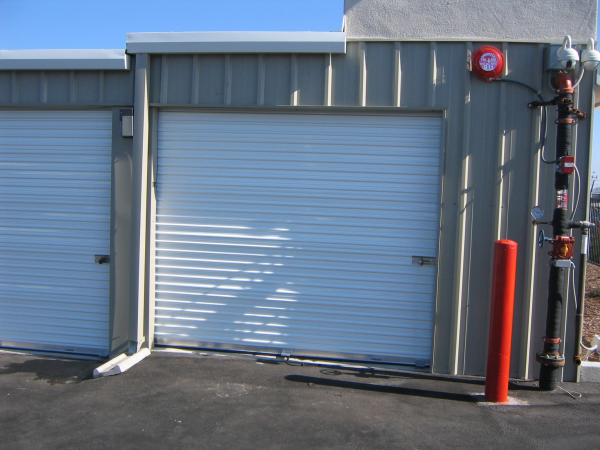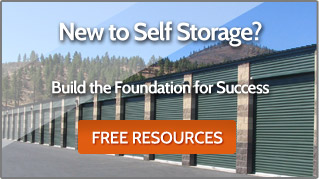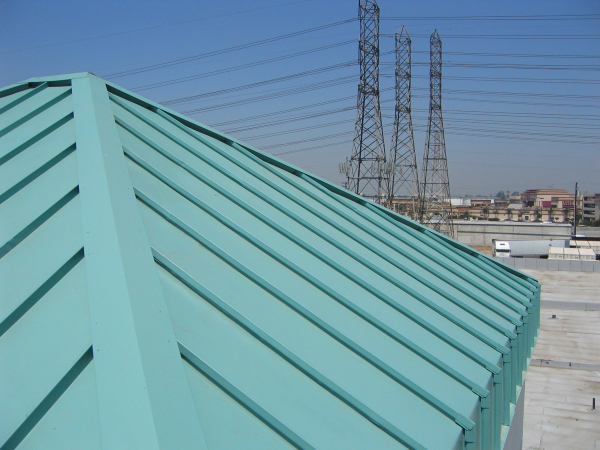
Roofing: Standing Seam vs. Screw Down
Standing seam roofing creates clean and seek lines on buildings where aesthetic is important. This type of metal roofing is widely used because of its durability. The higher prices for standing seam roofing reflect the long-lasting nature of the materials and design. In addition, this roofing is capable of handling thermal movement (expansion and contraction).

Standing seam panels fully cover sides of a roof and run from top to bottom, with no exposed fasteners and the panels connecting to each other at the top. The connecting piece can be seen sitting higher than the roof panels, hence the name “standing seam” – and customers typically like this for the aesthetic effect. This is in contrast to a connecting piece that would keep roof panels flush with each other.
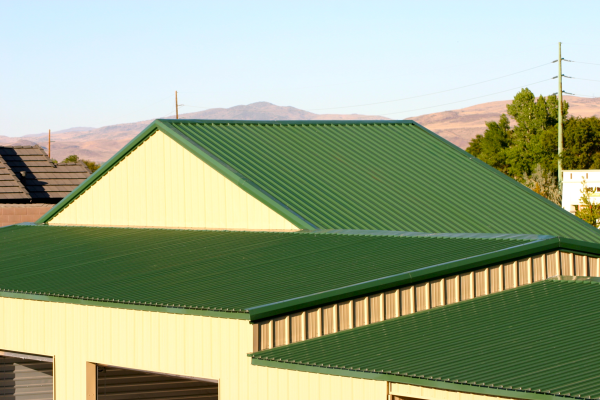
In contrast to standing seam roofing, screw down roofing can be recognized by the exposed fasteners. Neoprene washers create effective watertight seals throughout this kind of roofing. As far as maintenance goes, screws and washers will need to be replaced from time to time as they get old. Customers who choose to use screw down roofing appreciate the lower costs (compared to standing seam roofing), ease of installation and lifetime durability comparable to that of standing seam roofing.
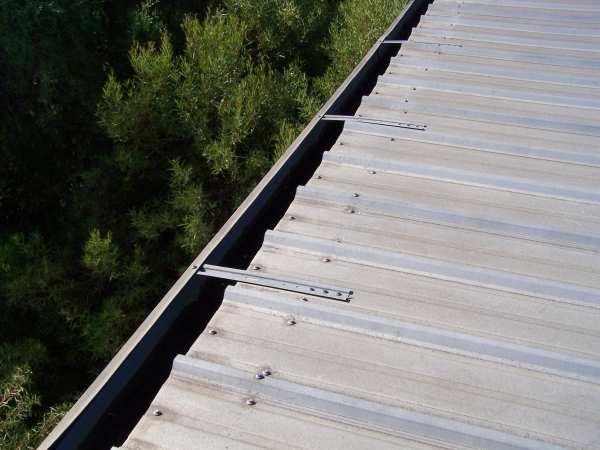
Insulation: Why the Vapor Barrier is Important
Vapor barriers keep moisture from passing through a building’s walls. Without a vapor barrier, moisture can condense inside of walls - eventually allowing rot and mold to spread its way through building materials. Water damage from vapor can also create unsightly stains on ceilings, walls and floors.
Designed to ensure that ceilings, walls and floors stay impermeable to moisture, a vapor barrier typically consists of large plastic sheathing installed over insulation and behind paneling.
The type of vapor barrier you choose to install will depend on the location of your self storage facility. You'll want to consider seasonal changes and climate characteristics in your area while researching vapor barriers.
If your location's moderate climate only needs a light vapor barrier (Class I), yours might be created with glass, sheet metal, polyethylene sheet or rubber membrane. Class II vapor barriers include unfaced expanded or extruded polystyrene, 30 pound asphalt coated paper, plywood and bitumen coated kraft paper. Class III vapor barriers can be gypsum board, fiberglass insulation, cellulose insulation, board lumber, concrete block, brick, 15 pound asphalt coated paper and house wrap.
Gutters and Downspouts: Pros and Cons
Gutters and downspouts facilitate water flow off of roofs and away from building foundations. While gutters and downspouts can require occasional repainting or recoating, they prevent water damage to a building's interior and exterior. These inexpensive additions to self storage buildings also protect landscaping from erosion.
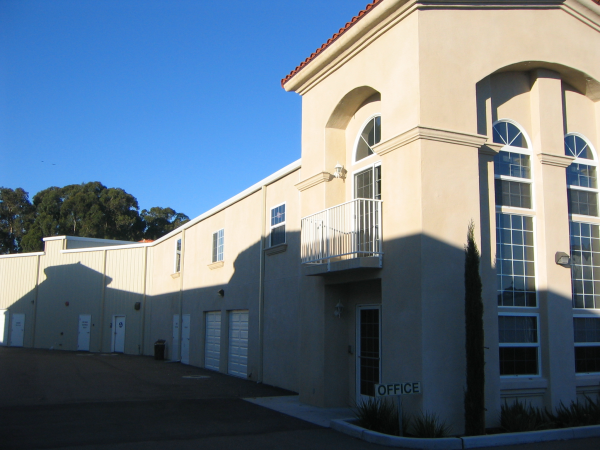
Galvanized sheet metal gutters and downspouts have several advantages for owners and developers. Sheet metal is more affordable than copper, more watertight than plastic and stronger than aluminum.
Having gutters and downspouts will require some maintenance. Removing leaves and other debris at least twice a year, in the spring and fall, allow the gutters and downspouts to once again smoothly direct water away from the roof. Another important task is snaking the drains and storm sewers to free up any clogging.
